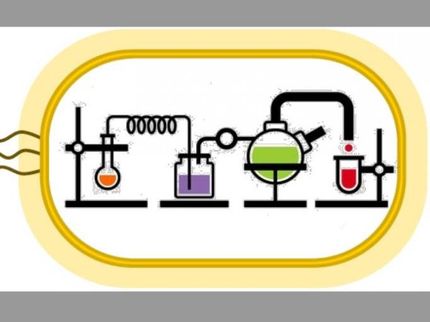Is cloud the answer to healthcare industry’s challenges?
Healthcare providers foresee transformational cloud-based models emerging in the near future
Advertisement
healthcare regimes all over the world are in crisis fighting diverse challenges including rising healthcare costs, aging populations, dynamic burden of diseases and increasing demand for accountable care. In response to these challenges healthcare stakeholders seek innovative technologies that promise efficient and effective care delivery.
Cloud technologies are rapidly penetrating healthcare sector all over the world and Asia-Pacific (APAC) is in a hurry to explore innovative solutions that support patient centric care through efficient capture and dissemination of medical and health information.
Frost & Sullivan research, “Analysis of Healthcare Cloud in APAC” finds the market for cloud technologies, which included Software-as-a-Service (SaaS) and Infrastructure-as-a-Service (IaaS) offerings, was worth USD 194.4 million in 2012. The market is expected to expand at a compound annual growth rate (CAGR) of a whopping 22.3% between 2012 and 2018.
Given the versatility of a cloud environment, Frost & Sullivan predicts that cloud will be the single most important enabler of healthcare MegaTrends of the future. “Cloud providers are experimenting with innovative models of collaboration and their most sort-after customers are government organizations investing in healthcare information technology” remarks Natasha Gulati, Senior Industry Analyst at Frost & Sullivan. Three major industry transformations that will be catalysed by cloud solutions:
Healthcare industry vertical clouds
Healthcare expenditure across Asia-Pacific is expected to almost double over the next six years owing to the expanding elderly population. On the other hand, R&D expenditure on pharmaceuticals and biotechnology is not reaping the returns that were expected. Stakeholders across the industry, including government bodies and research organizations, are seeking tools to carry out cost effective outcomes based research.
Enter Industry Vertical Clouds – secure cloud environments that allow healthy information sharing amongst all healthcare stakeholders, thus delivering efficiencies at all stages of the value chain. Adoption of electronic medical records (EMRs) and electronic health records (EHRs) has spurred a wave of interest in industry vertical clouds as these can help extract maximum value from digitization of healthcare.
Telehealth and remote patient monitoring
Aging populations and rising incidence of chronic diseases is driving the APAC consumers to seek tools for continuous health monitoring and assurance. Not only do cloud technologies provide the software and infrastructure required to share vital information over a distance, they also enable real-time analysis of information gathered from remotely located systems. This has enabled telemedicine and patient monitoring devices to capture critical physiological data and action it on the fly so that the time taken to respond to an adverse situation can be minimized. The implications of this advancement are phenomenal when one considers the volumes spent on critical care even in developed countries as well as the emotional stress a care-giver must go through when help does not arrive when needed most.
Consumerization of healthcare
Consumers are still waiting for the day when a single, convenient biometric identifier or a mobile phone will be sufficient to secure healthcare services. APAC consumers are still stuck in the rut of carrying large sums of cash while visiting a hospital and insurance portability remains a distant dream. Data collaboration, not just amongst healthcare organizations but also across industries, is a critical component which is missing from the whole healthcare delivery value chain and this alone can enhance patient experience. Cloud technologies will play a pivotal role in establishing a seamlessly integrated healthcare market.
Current market picture though is not all that rosy. “Healthcare providers are cognizant of the long term cost benefits of cloud solutions. What they are looking for now, are reliable technology partners who can address their concerns over data privacy and security,” points out Gulati. While many healthcare IT vendors emphasize on the enhanced security and back-up support provided by cloud technologies, the message has not successfully reached hospital CIOs yet. This is why healthcare continues to invest in private clouds while other industries are rapidly moving to public or hybrid cloud models. Moreover, given the current pressures of rising costs and diminishing margins, healthcare CIOs are unable to justify the significant investment required for transitioning to a cloud environment.



























































